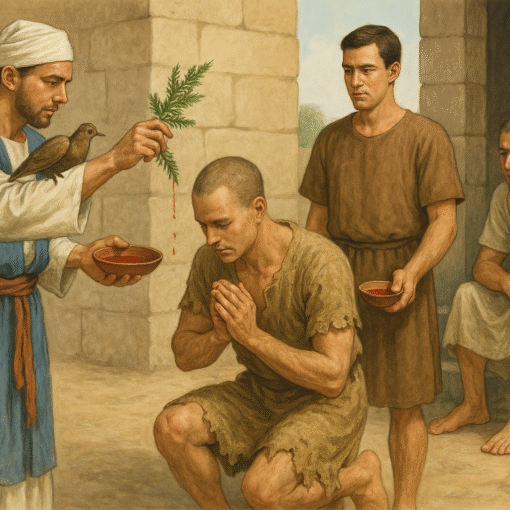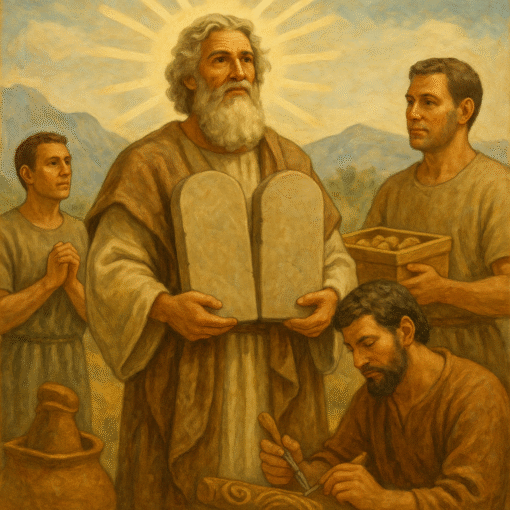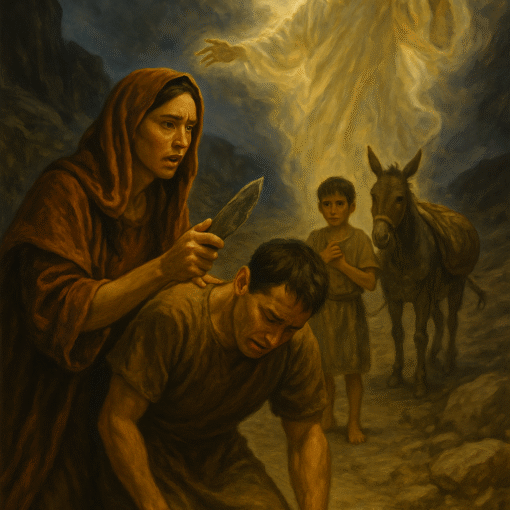In Leviticus 14:33–53, the “plague” in a house refers to a strange greenish or reddish discoloration that spread across walls or stones. The priest would examine it, quarantine the house, and—if it persisted—order the affected stones removed, or in extreme cases, the whole house destroyed.
Modern Understanding
Most Bible commentators and scholars interpret this as describing what we would now call mold, mildew, or fungus infestations. Here’s how it fits today’s terminology:
-
Mold / Mildew (fungal growth)
The descriptions of greenish or reddish streaks or spreading spots match common signs of mold or mildew, which thrive in damp, poorly ventilated homes. -
Structural Contamination
The law required removing infected stones and scraping the house—similar to how contractors today remediate mold by removing drywall, plaster, or insulation. -
Health Concerns
Certain molds (like black mold) produce spores that can cause respiratory illness, allergic reactions, or worsen asthma. The biblical law emphasized removing the source to protect the community. -
Spiritual Illustration
Beyond health, the “plague” in the house symbolized sin and corruption spreading unseen. Just as physical uncleanness required cleansing, so spiritual defilement had to be purged.
? Summary in today’s language:
The “plague in the house” described in Leviticus most likely refers to mold or fungal contamination—something still recognized as hazardous in modern building health standards.
How useful was this post?
Click on a star to rate it!
Average rating 0 / 5. Vote count: 0
No votes so far! Be the first to rate this post.
We are sorry that this post was not useful for you!
Let us improve this post!
Tell us how we can improve this post?



